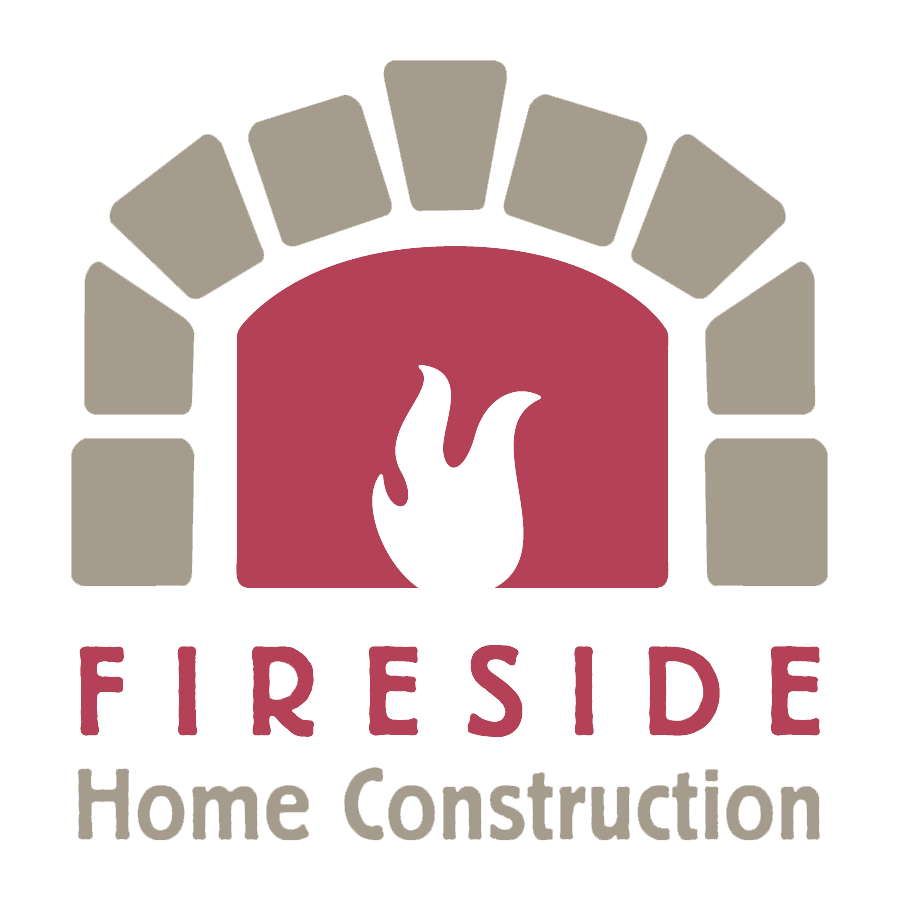Why Insulation Helps . . . and When it Doesn’t!
Many people think insulation works the way a winter coat does. It’s true in many cases that "the thicker, the better," but it works on a different principle. You can’t just pile it on and keep warmth in and cold out, or vice versa. You have to seal it in. Air escapes and enters a home when a "thermal bridge" lets it in. A thermal bridge is a path of entry and escape created when two poorly insulated materials come together. It is a primary cause of energy inefficiency and the high heating and cooling costs that come with it. Insulation attempts to make that "bridge" disappear. The right insulation creates a "thermal break" that reduces air leaks and, in doing so, energy costs.
When we talk about insulation, we talk about "R-values," or the product’s "thermal resistance" value. While it seems to make sense that increasing the R-value of your walls and roof — the building envelope — would increase the resistance, it doesn’t always happen that way.
Poor installation often results in gaps, over-compression or settling (of blown-in insulation). The end result can be lower R-values in the installed product than what is listed on the purchased product’s label.
If you’re not sure that you can get it right, hiring a pro is really the way to go.
Don’t get me wrong. There are air sealing and insulation activities you can do yourself. If careful and precise, a homeowner can often insulate attic floors, basements, new or open walls, and crawl space walls on their own. Blown-in and sprayed-in insulation, though, are best left to the professional installer, no matter what.
If you are taking on an insulation project on your own, remember the two main ingredients of the "secret sauce:"
Insulation needs proper air sealing to work well.
Only someone with the right equipment and necessary training can identify and quantify air leakage and combustion safety problems.
If you do choose to tackle insulation efforts yourself, have an experienced and trusted third-party contractor check your work.
